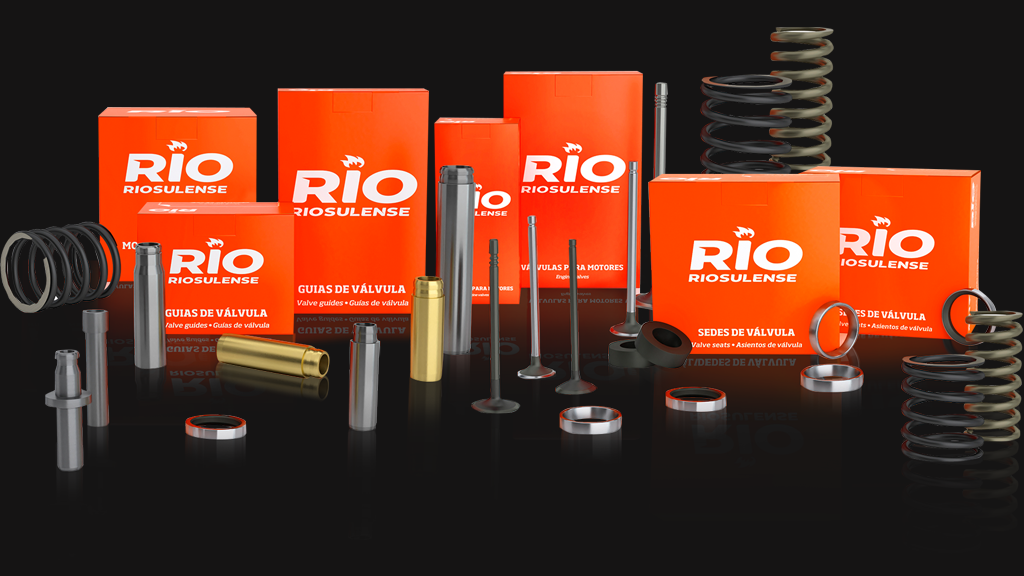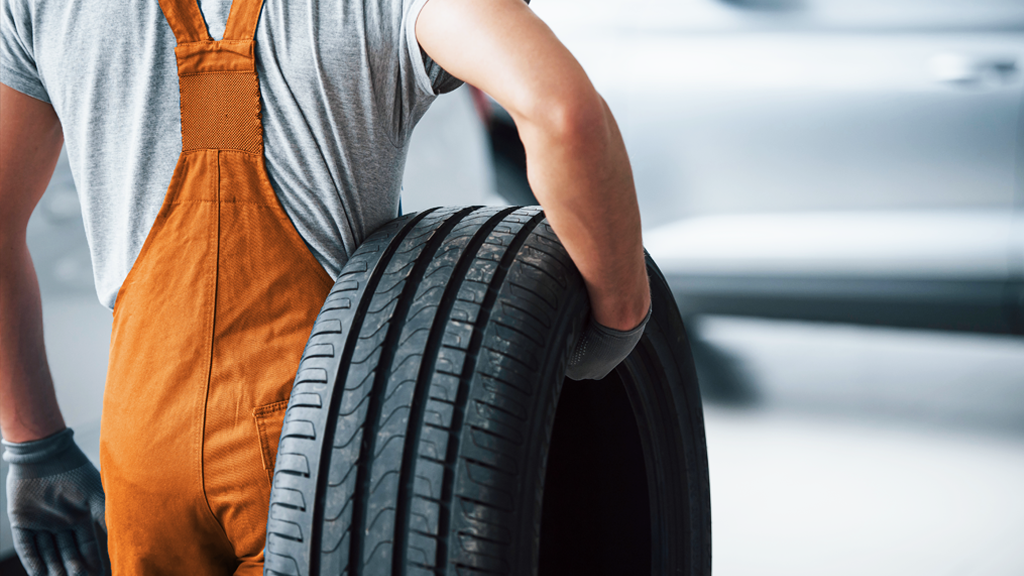Every Engine Expert knows well how a cylinder liner works and how it should be installed on the engine block. But at the time of application in a shop, some care must be taken so that the part does not crack or suffer any other type of damage.
For those who do not yet know how it works, the cylinder liner fulfills a very simple but essential function for the operation of the engine: the piston makes a continuous movement up and down.
This displacement happens inside a liner, that is, it is the component responsible for guiding this rectilinear stroke of the piston assembly, sealing the expanding gases and dissipating the temperatures generated by the frictions.
Before we start today’s article, it is very important to remember also the two different types of liners that exist: dry liners and wet liners.
And here at RIO – Riosulense, we have one of the most complete lines of cylinder liners on the market, which you can find here, in addition to many other engine components.
Dry liner and wet liner: what’s the difference?
Both fulfill the same function, but each has its own particularity. In wet liners, the coolant – responsible for controlling the engine temperature – comes into direct contact. They must be assembled without any interference.
That is, the honing comes ready, the rectifier does not do any process. We have a very full article talking about this procedure.
It is worth remembering that the wet liners of RIO – Riosulense have the process called plateau honina, which is a pre-smoothing in honing, breaking the peaks of machining and contributing to the life of the piston rings.
On the other hand, in dry liners, the coolant does not pass through the parts, it comes into contact with the engine block, and not with the liners.
In this model, the standard is to come with a supermetal inside, for the Expert or rectifier to do the machining and honing, and it is very important that it comes in the correct measure to make the precise housing of the piston.
A differential of RIO – Riosulense dry liners is that they have varieties of diameters to facilitate the recovery process of the engine block.
Tips for Installing Cylinder Liners
For the two categories of cylinder liners, the procedure is practically the same. The difference is in the honing process, which will need to be done only on the dry liners.
First, it undergoes a machining process to thin the block material and receive the liner. Once that’s done, it’s time for the installation.
In the same way as a valve, the liner needs to be perpendicular to the base of the block. The recommended angle is 90 degrees, thus giving the perfect alignment. And when it comes time to apply, no sledgehammering. This is a common mistake made in several assembly shops, which can crack and damage the part.
As you know, when assembling, the press is the ideal equipment. Thus, the continuous and constant pressure makes the fit perfect and without damage to both the liner and the block.
After passing through the press, the block goes back to the machining. In this process, the planer is passed at the base of the block to make the liner fully flat and to the face of the engine block.
CUSTOM-MADE CYLINDER LINERS? COUNT ON RIO!
Our cylinder liners are manufactured within a rigorous centrifugation process monitored by state-of-the-art equipment, thus ensuring the Orange RIO quality that you know and trust.
And you know those engines that don’t seem to have a solution? RIO – Riosulense offers raw bushings that can be adapted by the assembly shops themselves in the case of blocks with engine parts or components that are difficult to find.
Browse our RIO Electronic Catalog Online and find cylinder liners, engine valves, valve seats, valve springs, piston rings and more!
Was this content helpful to you? Share with your engine expert friends through their social networks or WhatsApp and show that you also know everything about cylinder liners.



